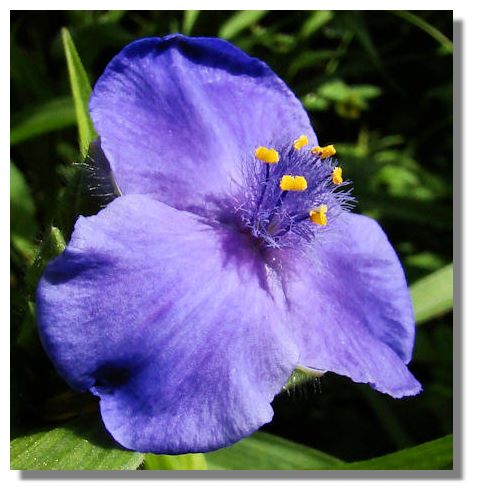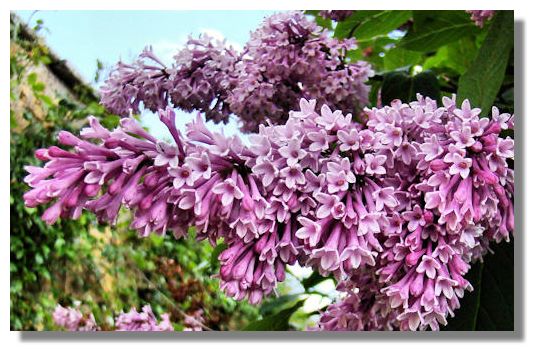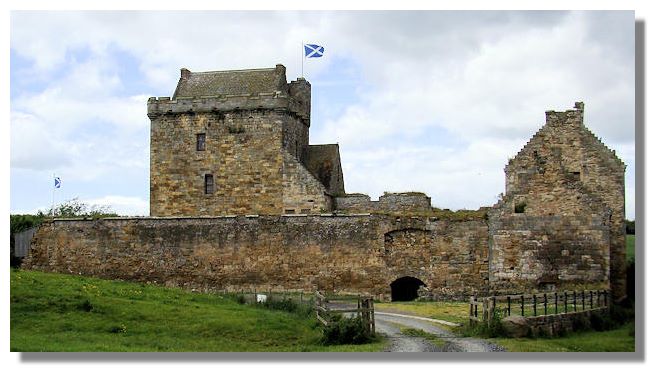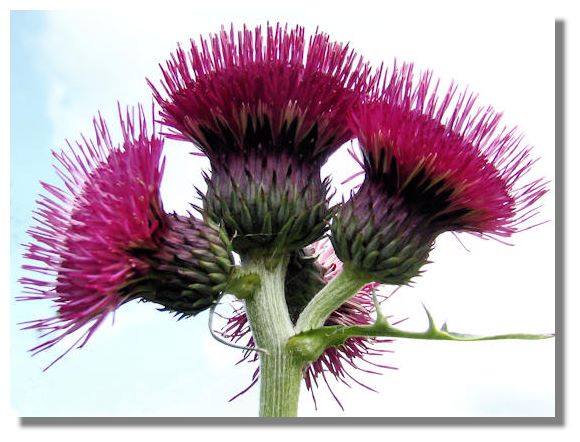The Rampant Scotland Newsletter includes a number of photographs which illustrate the weather and the seasons, plus the flora and fauna of the current week around Scotland. This separate "colour supplement" displays some more pictures, in a larger format. Here is this week's crop of Scottish views!
Tradescantia (also known as Spiderwort Lily) produces silky flowers with its three petals surrounding the spidery stamens. Each flower, about an inch across, lasts only for a day or so, but they are produced in large clusters and another bloom appears the next day - and the next - from early summer until autumn. There are purple and white varieties of this attractive and easy-to-grow plant
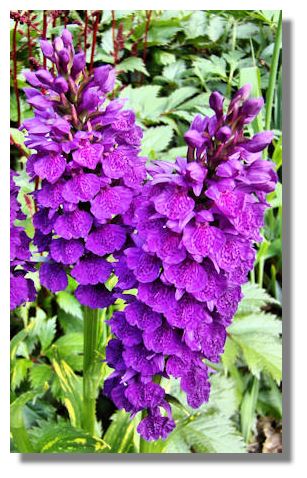
Dactylorhiza or Marsh Orchid is one of the easiest of hardy orchids to grow - there were quite a number to be seen in the gardens of Finlaystone Country Estate in Renfrewshire. Each hooded flower on the upright spike has a three-lobed lip pattern with darker dots and streaks.
The number of charter holiday flights going in and out of Scottish airports increases dramatically at this time of year. In the past, east European airlines used to fly noisy Russian Tupolev and Ilyushin aircraft. Now, travel companies like Balkan Holidays use Airbus A320 and similar aircraft on their routes to Bulgaria and Croatia.
Although May is often thought of as the traditional month for Lilac, the walled garden at Cambo Estate in the East Neuk of Fife still had many trees in flower on their "Lilac Walk". That has many different varieties of Lilac, in a range of colours.
Balgonie Castle in Fife was built originally in the 14th century. King James IV and Mary Queen of Scots are known to have visited the castle - Mary seems to have visited most places in Central Scotland and the Borders! Later, in 1716, the castle was captured and set on fire by Rob Roy MacGregor and his clansmen. Balgonie is now occupied and has been restored by the "Laird of Balgonie" who not only escorts visitors around his castle, he also hires it out as a romantic setting for weddings and other functions.
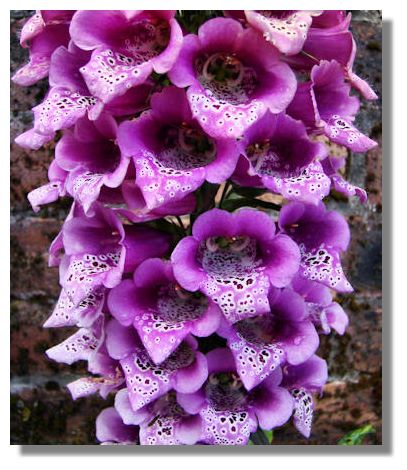
Foxgloves (Digitalis) are wild flowers but are often used in damp, shady borders in gardens as they are one of the few tall plants (up to six feet in height) that can produce such a show in these difficult conditions. The usual colour combination is shown here, but there are others which are mainly cream, apricot, yellow or even reddish brown. The plants deteriorate after the flowering season and usually need to be removed. But they spread freely by self-seeding.
Cirsium is a cultivated variety of Thistle - they grow to a height of four or five feet and are non-invasive, unlike their wild counterparts.If you want to look back at earlier editions of this Colour Supplement, there is an Index Page
